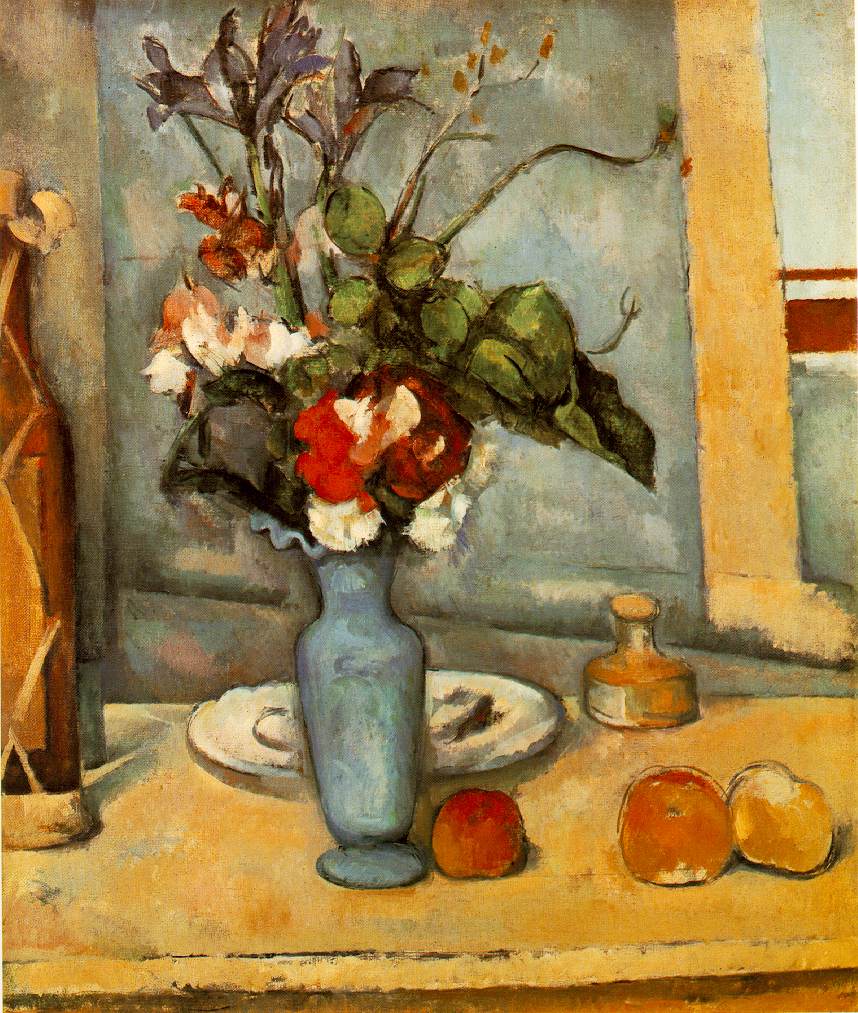Who: Romero Britto, Brazilian-American
What: paintings, sculptures, prints. Bright, flat color. Repetition of shapes, lines, colors = patterns.
Where: Miami, Florida
When: now!
Why: He wants to make people feel happy.
How: paints from photographs and imagination. has business sponsorship, celebrity endorsements.
After finding this article while looking for Wayne Thiebaud inspired lessons, I discovered Romero Britto.
We looked at his work "Bimini" because it's an easy one to talk about pattern. Which flower do you think will come next?
My students also loved looking at "Mona Cat."We tried to find matching and mismatching patterns, like the pink and white stripes across from the pink and white polkadots.
On the board I showed how to choose a subject, then break it up into different patterns.
I allowed students to make their own patterns using stencils, rulers, markers, pencils, and colored pencils. I wanted them to explore drawing different types. Because I was open, we had a lot of variation. Some just drew repeated shapes and colors in a line, which I was ok with, but most tried to have a subject that they broke up into sections like Britto. My goal was to have them try to fill the whole page with color. We are still working on that!
Student pics to come!










































